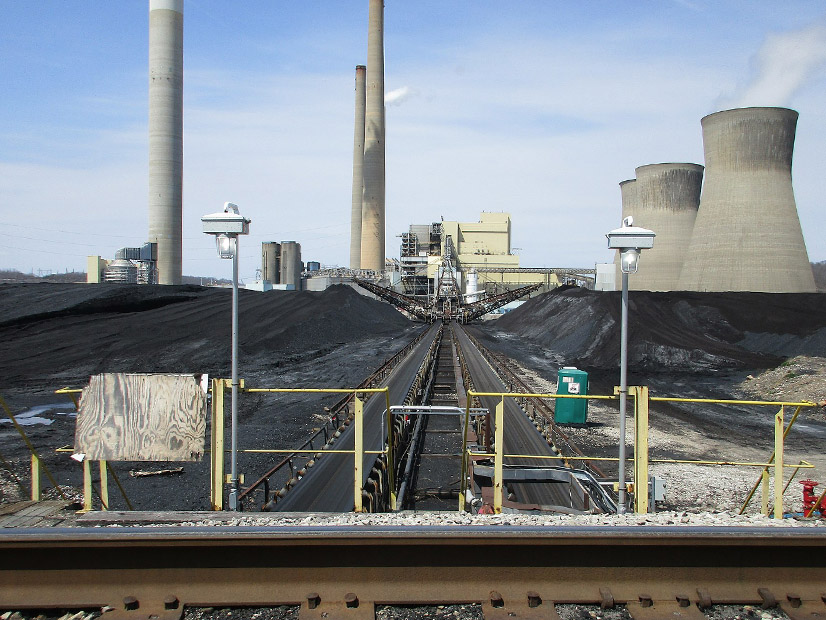
The fate of two massive coal plants owned by AEP’s Appalachian Power is generating debate in a proceeding to approve the utility’s renewable portfolio standard (RPS) plan at the Virginia State Corporation Commission (PUR-2024-00020).
While most of the plan is devoted to expanding renewable energy in compliance with Virginia’s Clean Economy Act, the utility is required to study the potential retirements of its John Amos and Mountaineer coal plants, with a combined capacity of 4,235.1 MW. The State Corporation Commission has required the utility to include early retirement of the two plants as a sensitivity to its RPS plans the past couple of years. Appalachian Power now argues it will not retire the plants until 2040 so it should be relieved of that requirement.
“The prevailing headwinds facing coal-fired generation — headwinds that the company itself has acknowledged — suggest that abandoning the commission-mandated retirement sensitivity would be imprudent in any year within recent memory,” the Sierra Club said in a filing this week.
Especially with EPA set to unveil final regulations on coal plants that could affect the economics of the John Amos and Mountaineer plants, Sierra Club argued it makes sense to keep planning around their potential retirement.
EPA’s greenhouse gas rules for power plants under Section 111 of the Clean Air Act and a new, more stringent rule for Effluent Limitation Guidelines could lead to the firm retiring the plants in the 2030s to avoid compliance costs, the Sierra Club said.
The greenhouse gas rule exempts coal plants that retire by January 2032 from doing anything. Those that retire by Jan. 1, 2039, will have to co-fire with natural gas. Those that want to keep operating past 2039 will have to install 90% carbon capture and storage. EPA has finalized the rule, but Virginia and other states have until May 2026 to come up with compliance plans.
EPA offered states some flexibility, but they can’t drop below EPA’s minimum requirements and can offer plants delays in compliance for only one year.
“That will not be an inexpensive endeavor,” the Sierra Club said. “Even if the company chooses to retire by Jan. 1, 2039, it faces the still-substantial costs of retrofitting the plants for co-firing and of securing fuel supply.”
The ELG rule requires elimination of discharge from three coal plant waste streams: flue gas desulfurization, bottom ash transport water and leachate. Coal plants have to comply by the end of the decade unless they stop burning the fuel by Dec. 31, 2034.
In litigation against the ELG rule, an AEP executive said it could cost $680 million over the first decade of compliance at the two plants, costing residential ratepayers an average of $42 to $60 per year.
SCC staff agreed the firm should have to keep studying the plants’ potential retirement given the uncertainty around how the two federal regulations will affect them. Their combined capacity of more than 4 GW means the regulator can’t afford to wait until the rules are finalized and should plan for generation to replace them, staff said.
Appalachian Power continues to support the request but in its brief this week acknowledged the two EPA rules could affect the plants’ “continued economic viability as coal plants,” though the regulations’ future also is uncertain.
“It would be of more use to the commission if the company models various scenarios that could result from such regulations,” it said. “Similarly, the company should be able to use the most current and relevant information available for its modeling assumptions.”


